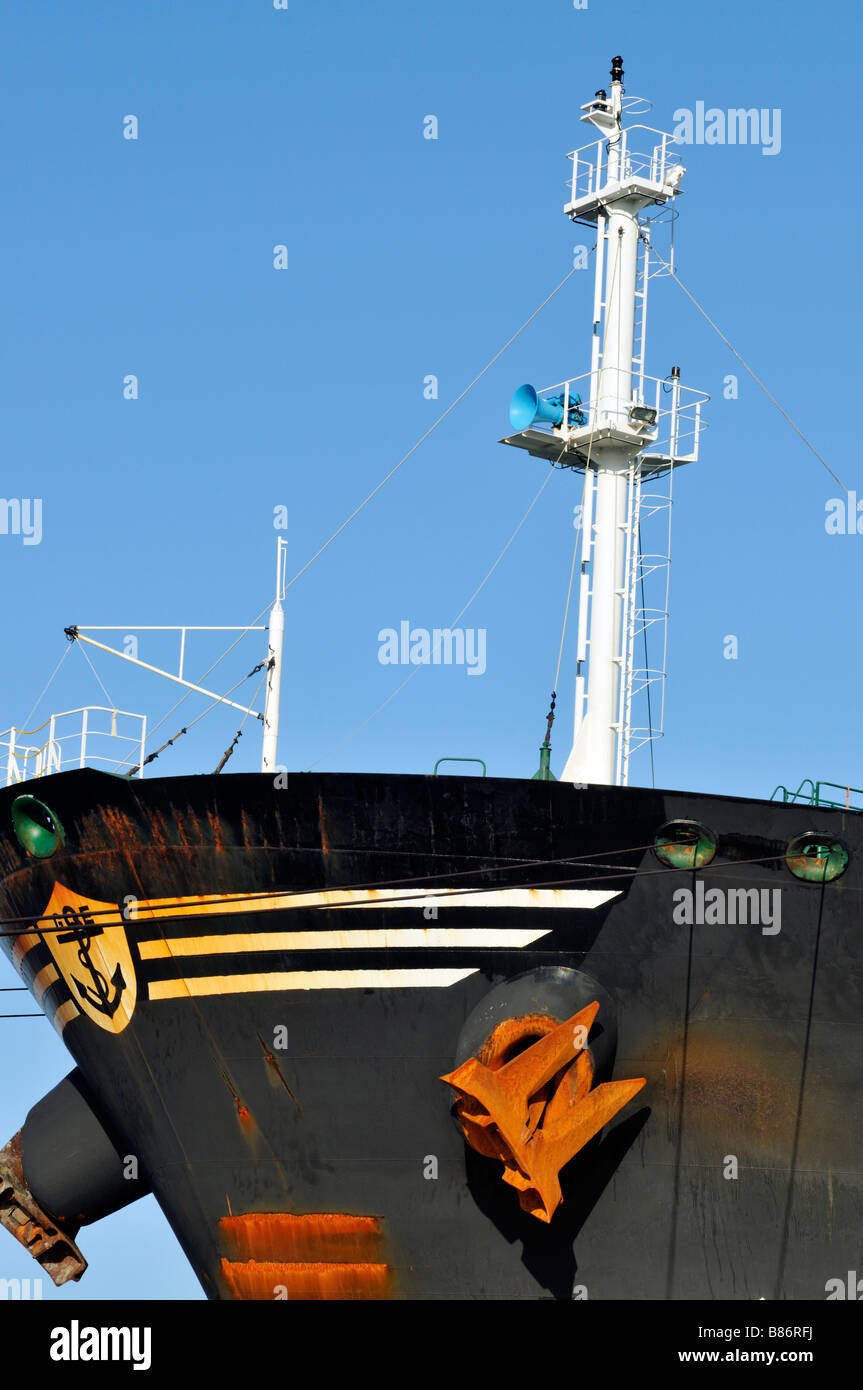
Legend has it that Behula, while accompanying her dead husband on his last journey on the boat, was passing the bank of what is now called Netidhopani, saw an interesting thing.
BOAT WATCH TOWER SERIES
This is another watchtower in the series of several watchtowers and is associated with the legend of Behula and Lakhindari.

^ Sidney Toy (1985) Castles: Their Construction and History, Courier Dover Publications, ISBN 8-4 (reissue of Castles: a short history of fortification from 1600 B.C.(2002) "The Myth of the Keep," in Meirion-Jones, Impey and Jones (ed) (2002). ^ "Peel Towers, the name given to fortresses of the moss-troopers on the Scottish border".Crusader Art in the Holy Land, From the Third Crusade to the Fall of Acre.
BOAT WATCH TOWER TV

The Martello towers that the British built in the UK and elsewhere in the British Empire were defensive fortifications that were armed with cannon and that were often within line of sight of each other. They were erected to give warning of attacks by the French. In the Channel Islands, the Jersey Round Towers and the Guernsey loophole towers date from the late 18th century. The name of Tunisia's second biggest city, Sfax, is the berber- punic translation from the greek "Taphroúria" ( Ταφρούρια) meaning watchtower, which may mean that the 9th century Muslim town was built as an extension of what is currently known as the Kasbah, one of the corners of the surviving complete rampart of the medina. They include the Wignacourt, de Redin, and Lascaris towers, named for the Grand Master, such as Martin de Redin, that commissioned each series.

These towers ranged in size from small watchtowers to large structures armed with numerous cannons. Some notable examples of military Mediterranean watchtowers include the towers that the Knights of Malta had constructed on the coasts of Malta.

Han dynasty watchtower near Dunhuang, Gansu, China Scotland saw the construction of Peel towers that combined the function of watchtower with that of a keep or tower house that served as the residence for a local notable family. Furthermore, in Najd, a watchtower, called "Margab", was used to watch for approaching enemies far in distance and shout calling warnings from atop. In southern Saudi Arabia and Yemen, small stone and mud towers called " qasaba" were constructed as either watchtowers or keeps in the Asir mountains. A feudal lord could keep watch over his domain from the top of his tower. In some of the manor houses of western France, the watchtower equipped with arrow or gun loopholes was one of the principal means of defense. In medieval Europe, many castles and manor houses, or similar fortified buildings, were equipped with watchtowers. Romans built many lighthouses, such as the Tower of Hercules in northern Spain, which survives to this day as a working building, and the equally famous lighthouse at Dover Castle, which survives to about half its original height as a ruin. The Romans built numerous towers as part of a system of communications, one example being the towers along Hadrian's Wall in Britain. A reconstruction of a Roman Watchtower in Germany


 0 kommentar(er)
0 kommentar(er)
